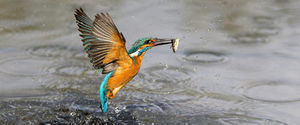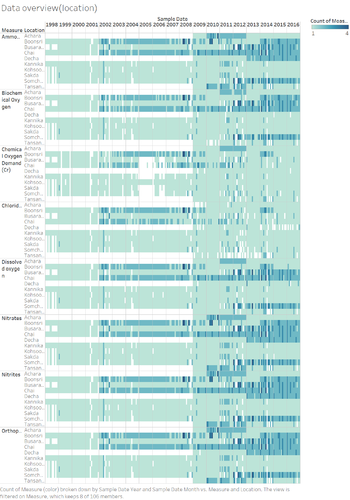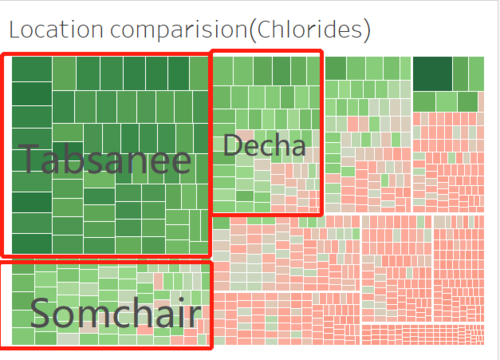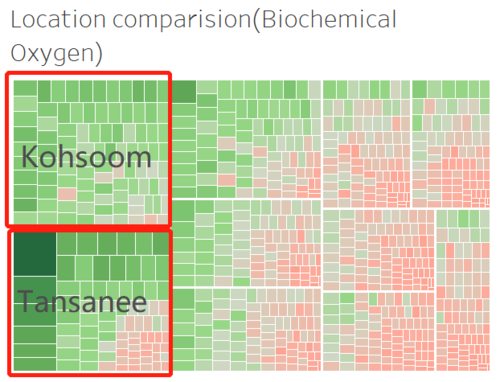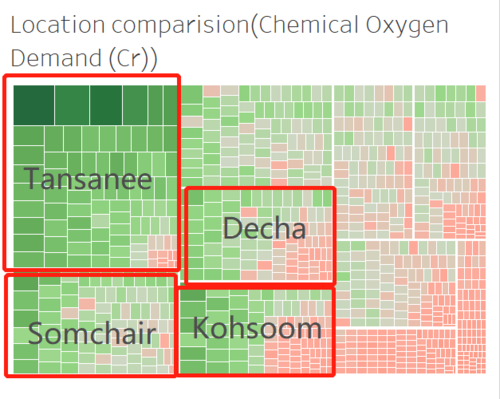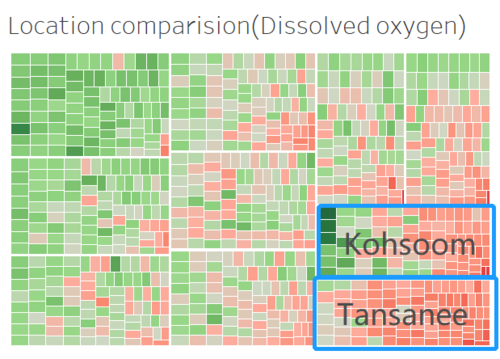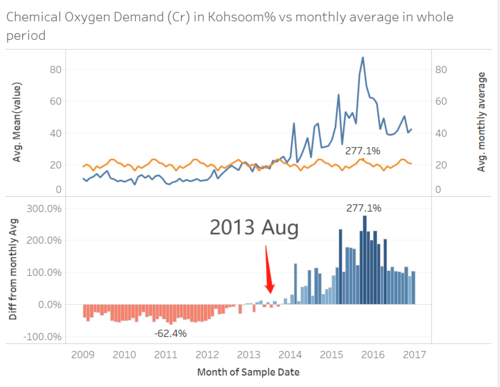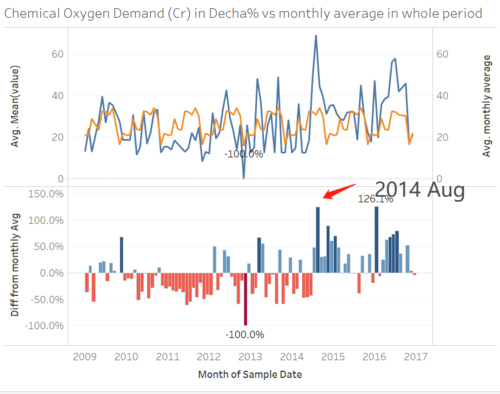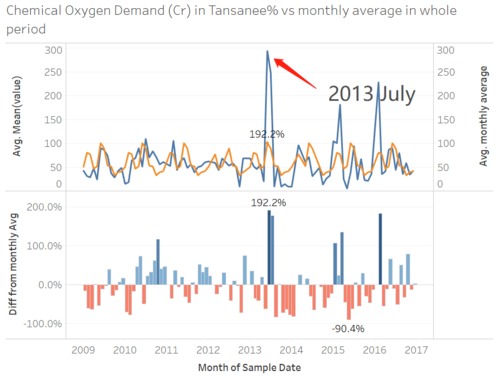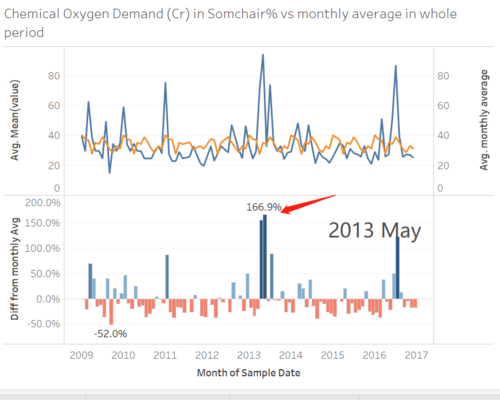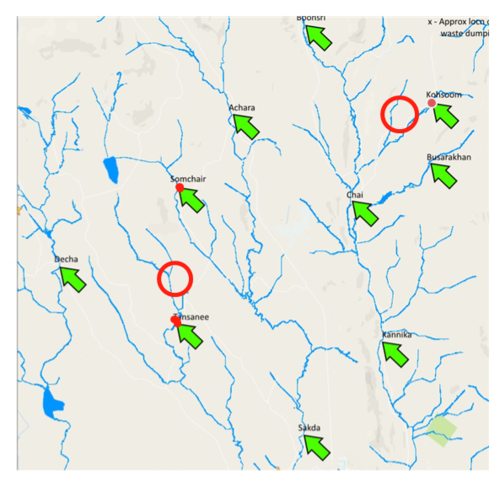Difference between revisions of "ISSS608 2017 T3 Assign BI HE Question"
He.bi.2017 (talk | contribs) |
He.bi.2017 (talk | contribs) |
||
| (20 intermediate revisions by the same user not shown) | |||
| Line 1: | Line 1: | ||
| + | <div style=background:##CCCCCC border:#A3BFB1> | ||
| + | [[Image:Bhtitle.jpg.jpg|300px]] | ||
| + | <b><font size = 6; color="#FFFFFF"; style="font-family:Century Gothic"> ISSS608 2017-18 T3 Assign Bi He MC2</font></b> | ||
| + | </div> | ||
| + | __NOTOC__ | ||
| + | |||
| + | |||
| + | <!--MAIN HEADER --> | ||
| + | {|style="background-color:#E1CFD8;" width="100%" cellspacing="0" cellpadding="0" valign="top" border="0" | | ||
| + | | style="font-family:Century Gothic; font-size:100%; solid #1B338F; background:#99758D; text-align:center;" width="20%" | | ||
| + | ; | ||
| + | [[ISSS608_2017_T3_BI_HE| <font color="#FFFFFF">The Challenge</font>]] | ||
| + | |||
| + | | style="font-family:Century Gothic; font-size:100%; solid #1B338F; background:#99758D; text-align:center;" width="20%" | | ||
| + | ; | ||
| + | [[ISSS608_2017_T3_Assign_BI_HE_DataPrep| <font color="#FFFFFF">Data Preparation</font>]] | ||
| + | |||
| + | | style="font-family:Century Gothic; font-size:100%; solid #1B338F; background:#C1A3B8; text-align:center;" width="20%" | | ||
| + | ; | ||
| + | [[ISSS608_2017_T3_Assign_BI_HE_Question| <font color="#FFFFFF">Question 1</font>]] | ||
| + | |||
| + | | style="font-family:Century Gothic; font-size:100%; solid #1B338F; background:#99758D; text-align:center;" width="20%" | | ||
| + | ; | ||
| + | [[ISSS608_2017_T3_Assign_BI_HE_Question2| <font color="#FFFFFF">Question 2</font>]] | ||
| + | |||
| + | | style="font-family:Century Gothic; font-size:100%; solid #1B338F; background:#99758D; text-align:center;" width="20%" | | ||
| + | ; | ||
| + | [[ISSS608_2017_T3_Assign_BI_HE_Question&Dashboard| <font color="#FFFFFF">Question 3 & Dashboard</font>]] | ||
| + | |||
| + | | | ||
| + | |} | ||
| + | |||
| + | |||
| + | |||
'''''Q1''''' ''Characterize the past and most recent situation with respect to chemical contamination in the Boonsong Lekagul waterways. Do you see any trends of possible interest in this investigation?'' | '''''Q1''''' ''Characterize the past and most recent situation with respect to chemical contamination in the Boonsong Lekagul waterways. Do you see any trends of possible interest in this investigation?'' | ||
| Line 16: | Line 50: | ||
tree map is also useful in this case. Filters and marks setting are below | tree map is also useful in this case. Filters and marks setting are below | ||
| − | = | + | = Insights = |
| + | |||
| + | <span style=text-align:center;">[[File:bh_1.png|350px|thumb|right|Data overview for all locations]]</span> | ||
| + | |||
| + | '''<big>Data overview</big>''' | ||
| + | |||
| + | Based on the observation of all 106 indicators, only eight of them have relative complete data for all 10 locations in the period of 2009-2016. | ||
| + | |||
| + | They are: | ||
| + | # Ammonium | ||
| + | # Biochemical Oxygen | ||
| + | # Chemical Oxygen (Cr) | ||
| + | # Chlorides | ||
| + | # Dissolved Oxygen | ||
| + | # Nitrates | ||
| + | # Nitrites | ||
| + | # Orthophosphate | ||
| + | So, the further research will have based on these 8 chemistry indicators. | ||
| + | |||
| + | |||
| + | |||
| + | |||
| + | |||
| + | |||
| + | |||
| + | |||
| + | |||
| + | |||
| + | |||
| + | |||
| + | |||
| + | |||
| + | |||
| + | |||
| + | |||
| + | <br /> | ||
| + | <big>'''location comparison'''</big> | ||
| + | |||
| + | The tree map of shows the difference from the location average for all location in all period of time. | ||
| + | From Tree maps for all 8 chemistry indicators, we can observe that Some of specific locations show up several times with the data above (or below) the average for long period, such as '''Tansanee, Kohsoom, Sochair and Decha.''' | ||
| + | |||
| + | <table width=90%> | ||
| + | <tr> | ||
| + | <td> | ||
| + | [[File:bh_7.png|500 px|left]]</td> | ||
| + | <td>[[File:bh_8.png|500 px|left]]</td> | ||
| + | </tr> | ||
| + | </table> | ||
| + | <table width=90%> | ||
| + | <tr> | ||
| + | <td> | ||
| + | [[File:bh_2.png|500 px|left]]</td> | ||
| + | <td>[[File:bh_17.png|500 px|left]]</td> | ||
| + | </tr> | ||
| + | </table> | ||
| + | |||
| + | <table width=90%> | ||
| + | <tr> | ||
| + | |||
| + | Based on observation from the tree maps above, I suspected there may be abnormal human activities in the area near Tansanee and Kohsoom specifically. <br /> | ||
| + | |||
| + | |||
| + | |||
| + | <big>'''Comparison in time series'''</big><br /> | ||
| + | |||
| + | I did the further research for Chemical Oxygen Demand(Cr). The data from all 4 suspected location are shown in time series pattern. | ||
| + | The upper part of graph shows the real time data value (blue) and the monthly average value(yellow), and the bottom part shows the difference between real-time data and monthly average data with bar chart. | ||
| + | |||
| + | <table width=90%> | ||
| + | <tr> | ||
| + | <td> | ||
| + | [[File:bh_4.png|500 px|left]]</td> | ||
| + | <td>[[File:bh_3.png|500 px|left]]</td> | ||
| + | </tr> | ||
| + | </table> | ||
| + | <table width=90%> | ||
| + | <tr> | ||
| + | <td> | ||
| + | [[File:bh_5.png|500 px|left]]</td> | ||
| + | <td>[[File:bh_6.png|500 px|left]]</td> | ||
| + | </tr> | ||
| + | </table> | ||
| − | |||
| − | + | <table width=90%> | |
| + | <tr> | ||
| − | + | From the graph above,the value for Chemical Oxygen demand(Cr) in Kohsoom rose sharply around 2013 August. And rest of locations have their spike nearly at the same time. | |
| − | + | And for the graphs for Tansanee(second row left) and Somchair(second right). They shared similar pattern for data trend. They got spike in same period of time and similar value with the percentage of difference from monthly average (192% and 166% respectively). Based on the observation of map, they are not from the same river. So, I assumed that there are more than two spots had abnormal human actives in the preserve area, near the red circles. | |
| − | + | <br /> | |
| − | |||
| − | + | [[File:Bh_18.png|500 px|left]] | |
| − | |||
| − | + | </tr> | |
| + | </table> | ||
Latest revision as of 12:12, 10 July 2018
|
|
|
|
|
|
Q1 Characterize the past and most recent situation with respect to chemical contamination in the Boonsong Lekagul waterways. Do you see any trends of possible interest in this investigation?
Method
Month-to-Month comparision
The line graph is used to display the trend of each indicator. Set up the axis as dual axis for real time waterway data and monthly average data. And synchronize the axis for two lines.
For the second part of the graph, the bar chart can be used to show the change of difference from monthly average. The setting for columns and rows is as below.
The filter for measure and location provides user to observe the trend for each indicator in each location.
Location comparison
tree map is also useful in this case. Filters and marks setting are below
Insights
Data overview
Based on the observation of all 106 indicators, only eight of them have relative complete data for all 10 locations in the period of 2009-2016.
They are:
- Ammonium
- Biochemical Oxygen
- Chemical Oxygen (Cr)
- Chlorides
- Dissolved Oxygen
- Nitrates
- Nitrites
- Orthophosphate
So, the further research will have based on these 8 chemistry indicators.
location comparison
The tree map of shows the difference from the location average for all location in all period of time. From Tree maps for all 8 chemistry indicators, we can observe that Some of specific locations show up several times with the data above (or below) the average for long period, such as Tansanee, Kohsoom, Sochair and Decha.
Comparison in time series
I did the further research for Chemical Oxygen Demand(Cr). The data from all 4 suspected location are shown in time series pattern. The upper part of graph shows the real time data value (blue) and the monthly average value(yellow), and the bottom part shows the difference between real-time data and monthly average data with bar chart.
